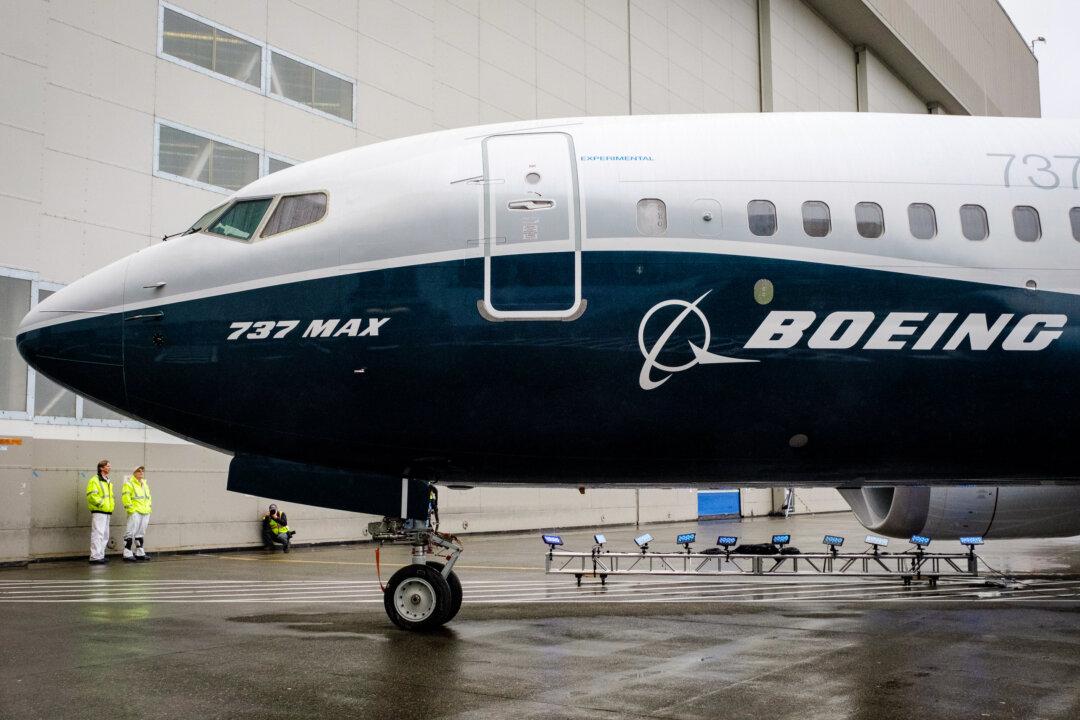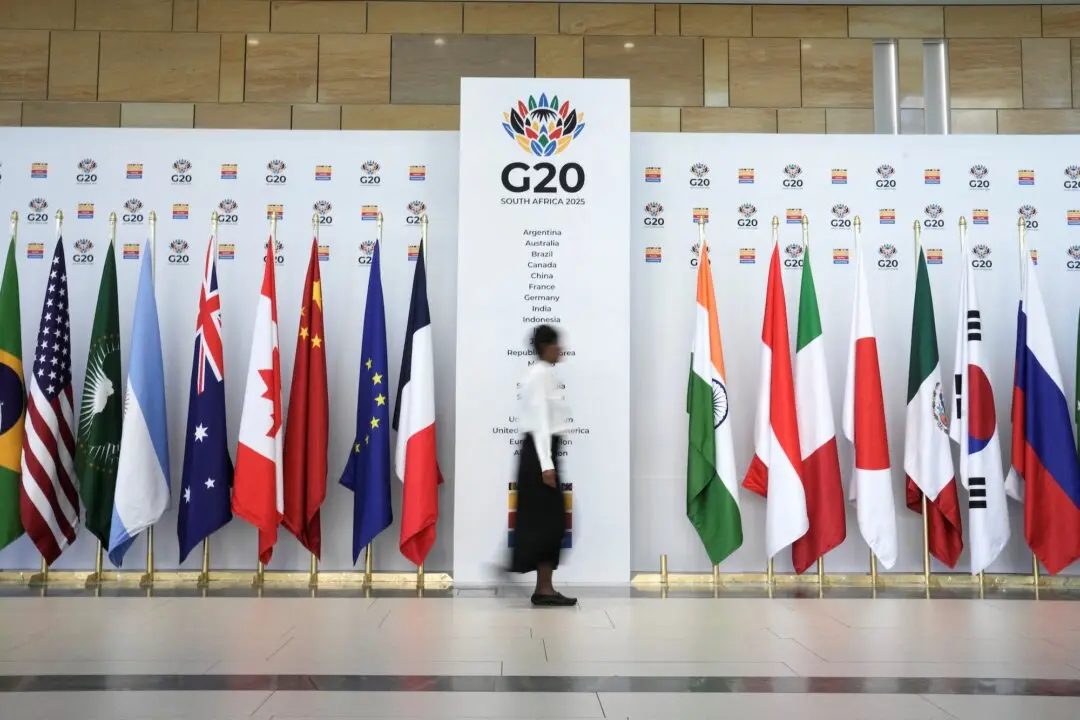Boeing acknowledged on Monday that its 737 production quality isn’t up to snuff and said it’s taking “immediate actions” to bolster its quality assurance and controls across its factories following the mid-air door plug blowout crisis on one of its planes.
A panel covering an unused emergency door blew out not long after takeoff on an Alaska Airlines-operated Boeing 737 Max 9 aircraft on Jan. 5, prompting a rapid decompression and forcing an emergency landing.





